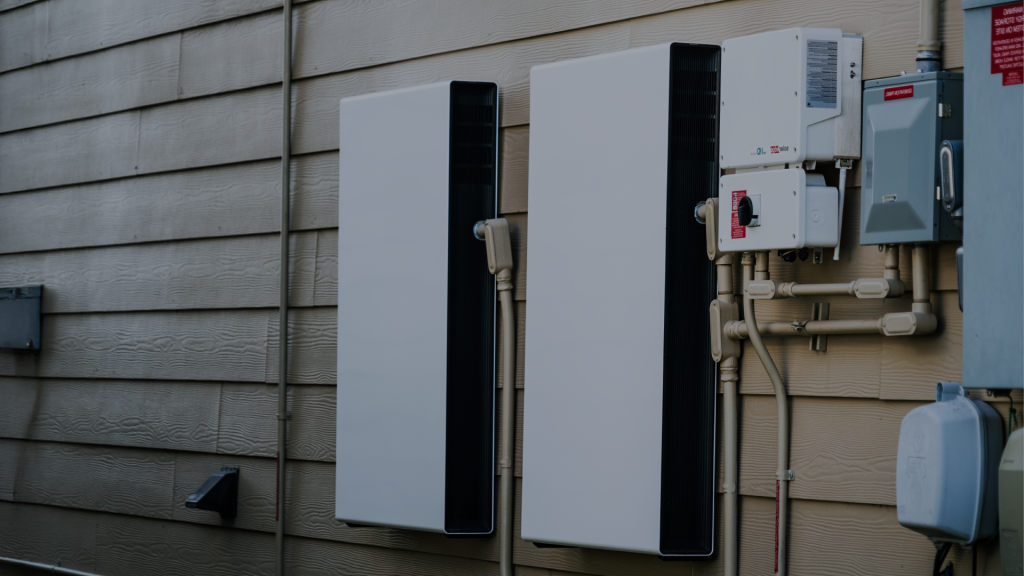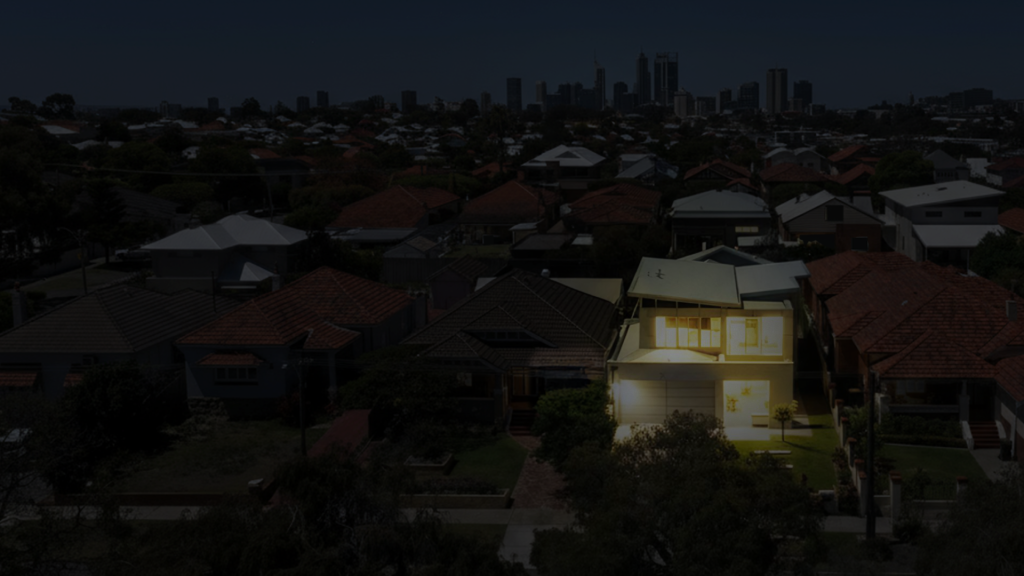When it comes to comparing solar panels for your home, there’s quite a few specs to learn (of course, that’s what the experts are here for too). Today, we’re talking all about solar efficiency ratings.
Efficiency can affect how much energy your system generates, how many panels you need and how well everything works together. It’s an important figure for understanding what type of solar investment will be right for your unique property.
But what makes one panel more efficient than another? And how do you know which option is going to be the best fit for you?
Let’s take a closer look at solar panel efficiency, what it means and where it fits into your overall system setup.
What are solar panel efficiency ratings?
A solar panel’s efficiency rating shows how much sunlight it can turn into usable electricity for your home.
For example, if a panel has a 20% efficiency rating, that means it converts 20% of the sunlight it receives into power you can use. Simple!
Higher-efficiency panels tend to make better use of the sunlight they receive, which can be especially beneficial if your roof space is limited (as you’ll get away with fewer solar panels), or your energy use is high (so you generate more electricity).
What is the average solar panel efficiency in Australia?
At time of writing, most residential solar panels installed in Australia sit roughly between 15% and 23% efficiency (CER).
That number comes from standard lab testing, where panels are measured by the manufacturer under ideal conditions, with consistent sunlight and temperature. Obviously this won’t always be quite how things play out in real life, but it gives you a benchmark for comparison.
Here’s a general breakdown:
- 15%–20% = standard efficiency. Works well for most Aussie households.
- 1%–23% = high efficiency, great for maximising output from smaller roof areas. LONGi’s Hi-Mo 6 Scientist, for example, comes in around 22.8%.
Keep in mind that there’s no single “best” number to aim for as it depends on your roof, your usage and what you want your system to achieve. Understanding where a panel sits on the scale can help you narrow down your options.
Why does solar efficiency matter?
Now that you know what solar panel efficiency is, and what’s considered standard or high, the next question is: How much does it actually impact your solar system performance?
The answer? Quite a bit.
Efficiency plays a big role in how much electricity your system can produce, how much of your household usage you can cover with solar and how many panels you’ll need to get there.
For example:
- Limited roof space? High-efficiency panels help you get more from it.
- Big energy needs? Efficient panels can cover more of your usage – especially if you work from home or run a lot of appliances.
- Thinking long-term? A higher-output system may mean better value over time, particularly when paired with a battery.
And those gains add up over the years, so you could potentially see:
- Lower electricity bills by using more of your own power.
- Less exposure to rising grid prices.
- A stronger return on investment by getting more from each panel.
It’s also worth thinking about long-term performance. Most panels gradually lose efficiency (around 0.5% to 1% per year) which means after 25 years, they could still be running at 75% to 87.5% of their original output. That’s why many of the best solar panels may have higher efficiency ratings and longer warranties built in.
Learn more: How long do solar panels last in Australia?
Why are some panels more efficient than others?
If all panels convert sunlight into electricity, what makes one more efficient than another?
The reason is that, even when they look similar, a few key differences in how they’re made can affect how much energy a panel produces day to day:
- Panel type: Monocrystalline panels are generally more efficient than polycrystalline or thin-film. That means they can generate more electricity from the same amount of sunlight — handy if you have a smaller or partially shaded roof.
- Materials and design: Some panels are built with more advanced cell technology and higher-quality materials, helping them perform better in real-world conditions like heat, cloud, or early and late sun – all common across Australia.
- Real-world performance: Efficiency ratings are measured in labs, but things like roof angle, shading and local climate all influence how a panel performs once it’s installed. Some are just better suited to these day-to-day variables.
It can start to feel a bit technical, but that’s where the right advice helps.
At Think Renewable, we make sustainability simple by looking at your full setup: your roof, your energy habits and how different panels might perform in your conditions. It’s all about finding a system that works for your home; not just on paper, but in practice.
How to compare solar panels
Overall, efficiency’s a great starting point, but there are a few other things worth looking at when you’re comparing panels…
- Warranties: Most quality panels come with two manufacturer’s warranties – a product warranty (for defects) and a performance warranty (guaranteeing long-term output). A 25-year performance warranty is a good sign the panel is built to last.
- Brand reputation: Some manufacturers have a strong track record in Australian conditions, with reliable performance and long-term support. Some of the most popular solar panel brands in Australia are LONGi, Risen and JinkoSolar.
- Panel size and wattage: Higher-wattage panels can help you meet your energy goals with fewer panels, so might be ideal if your roof has limited space or tricky angles.
Want to dive a bit deeper? Learn more about the bigger picture, including what to consider across your full solar setup, in our solar panel buying guide.
So, where does efficiency fit into your solar system performance?
On its own, a high-efficiency rating doesn’t guarantee better results, but it can help you get more from your system when it’s part of the right setup.
That’s where the experts come in. When you choose Think for your solar system, our fully certified, nationwide team will guide you through all the options, explain how efficiency fits in and design a system that supports the way you live.
Book a free, no-obligation consultation today and let’s make the most of your roof, your energy and all that brilliant Aussie sunshine.






